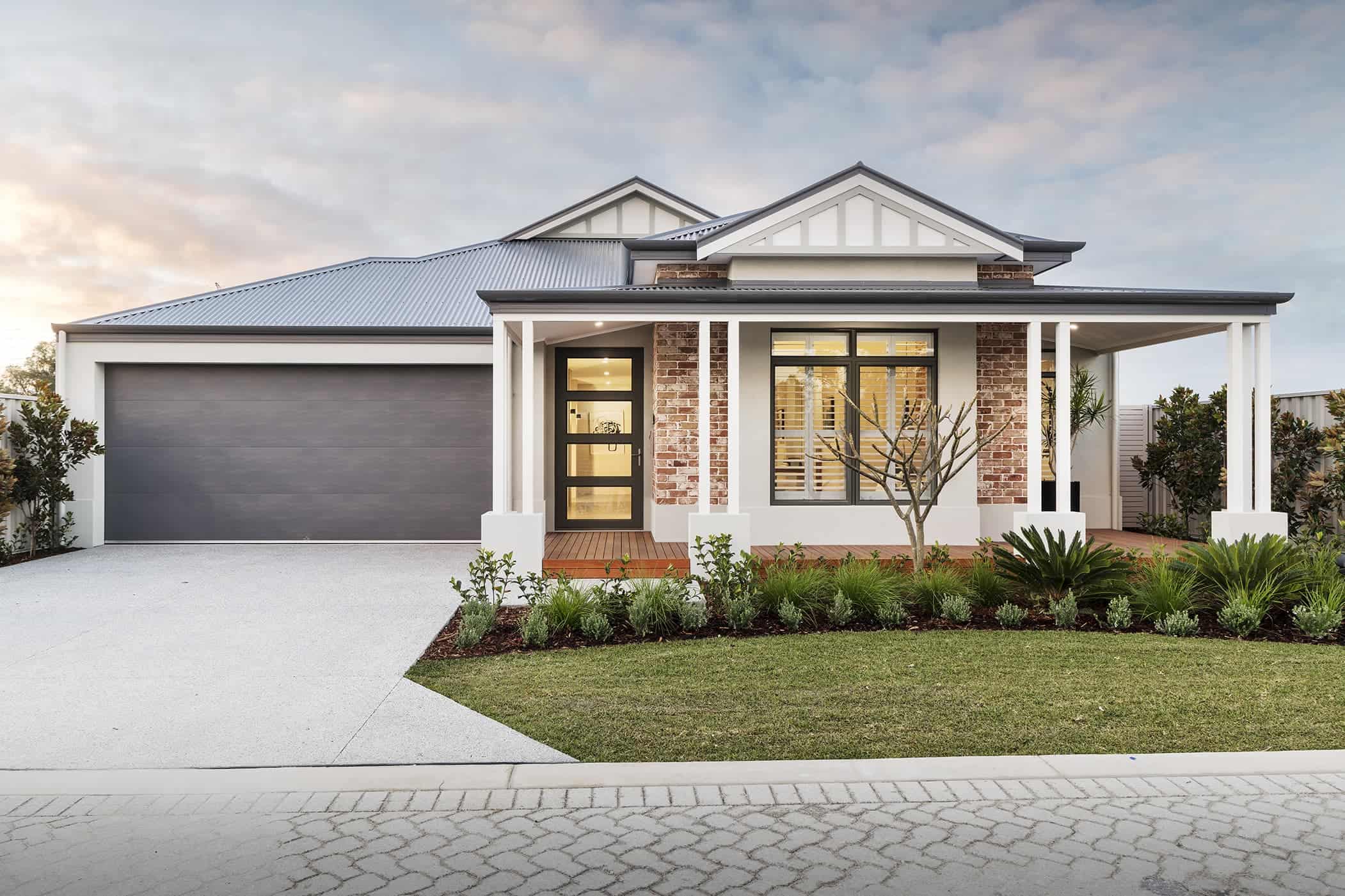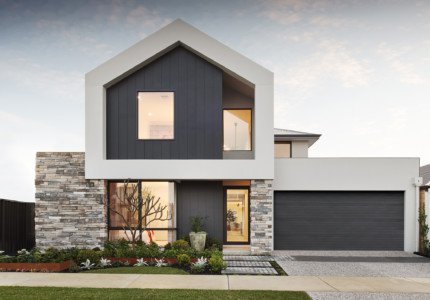Designing for Functionality and Aesthetics
Drop a Line if you have a Question!
Functionality and Aesthetics
Are you looking to create designs that not only look good but also serve a purpose?
In this article, we will explore the importance of designing with purpose and how to strike the right balance between form and function.
Discover key elements that contribute to a functional and aesthetic design, as well as strategies for incorporating both aspects seamlessly.
Through case studies, we will showcase successful examples of designing for functionality and aesthetics.
Get ready to elevate your design game!

The Importance of Designing With Purpose
Designing with purpose is crucial for creating products that are both functional and visually appealing. When you design with a clear purpose in mind, you ensure that your product meets the needs and desires of your target audience. By understanding the specific problem your product is solving, you can focus on designing features that are practical and efficient.
Purpose-driven design also allows you to create products that are visually appealing. When you have a clear purpose, you can make design choices that enhance the overall aesthetic of your product. This attention to detail not only makes your product visually pleasing but also creates a seamless user experience.
Balancing Form and Function in Design
Finding the right balance between form and function in design can be quite challenging. As a designer, you strive to create visually appealing designs that also serve a purpose.
It is important to consider both the aesthetics and the usability of your design. You want your creation to be visually pleasing, but it should also be functional and practical for its intended use.
Achieving this balance requires careful thought and consideration. You must ask yourself questions like, ‘Does this design meet the needs of the user?’ and ‘Does it communicate the intended message effectively?
Key Elements for Creating a Functional and Aesthetic Design
To create a functional and aesthetic design, you need to carefully consider the key elements that contribute to its success.
First and foremost, you must focus on the layout and organization of the design. Think about how the different components will interact with each other and how they will flow for the user.
Additionally, color is a crucial element that can greatly impact the overall look and feel of your design. Choose a color palette that complements the purpose of your design and evokes the desired emotions.
Typography is another important factor to consider. Select fonts that are legible and appropriate for the content.
Finally, don’t forget about the use of images and graphics. They can enhance the visual appeal of your design and help convey your message effectively.
Strategies for Incorporating Both Functionality and Aesthetics
When creating your design, remember that incorporating both functionality and aesthetics is essential for a successful outcome. One strategy is to prioritize the user’s needs and preferences. Consider how the design will be used and by whom. Ensure that it is intuitive and easy to navigate, with clear labels and instructions.
At the same time, pay attention to the visual appeal. Choose colors, fonts, and graphics that align with the overall theme and purpose of the design.
Another strategy is to find a balance between form and function. For example, if you are designing furniture, focus on creating pieces that are not only visually pleasing but also comfortable and practical.
Case Studies: Successful Examples of Designing for Functionality and Aesthetics
One example of successful design is the iPhone, which seamlessly combines usability and elegance.
When you hold an iPhone in your hand, you immediately notice its sleek and minimalist design. The seamless integration of hardware and software creates a user-friendly experience that is both intuitive and visually appealing.
The clean lines, smooth edges, and premium materials used in its construction add to the overall aesthetic appeal. The placement of buttons and controls is well thought out, ensuring easy access and functionality.
The iPhone’s interface is also designed with simplicity in mind, making it easy for users to navigate and find what they need.
This successful design approach has not only made the iPhone a popular choice among consumers, but it has also set a benchmark for other smartphone manufacturers to strive for.
Conclusion
In conclusion, when it comes to designing for functionality and aesthetics, it’s crucial to find the perfect balance between the two. By prioritizing purpose and incorporating key elements such as simplicity, coherence, and user-friendliness, you can create designs that not only look visually appealing but also serve their intended function effectively.
Remember, successful design is about seamlessly blending form and function to enhance the user experience and create impactful and visually pleasing solutions. So embrace the challenge and create designs that are both functional and beautiful.

Have a question?
Become a
























